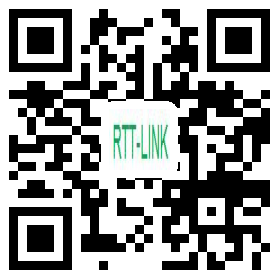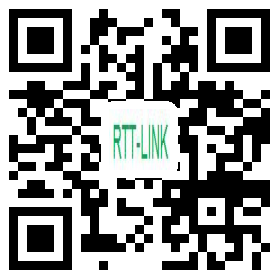Category 7 and Category 7a Overview
Category 7 (Cat7) and Category 7a (Cat7a) are the newest cable standards for
Ethernet and other interconnect technologies. Cat 7 cable was developed with strict
specifications on crosstalk and EMI protection. Cat7 cable features four individually
shielded pairs as well as an overall cable shield to protect the signals from crosstalk
and EMI. Cat7 cable provides a copper solution for 10-Gigabit Ethernet at 100
meters.
Cat7 cable is commonly terminated using a GG45 connector, which is a connector
that it backwards compatible with the 8p8c RJ45 connectors used on Cat6 or Cat5e
cable. The GG45 connector has four additional conductors that provide support for
frequencies of up to 600MHz, and up to 1000MHz using Cat7a. The higher
frequencies allow Cat 7 cable to support 10-GigabitEthernet. Cat7 cable may also
be terminated using TERA connectors, which were developed by Siemon™. The
TERA connector has a unique footprint and is not compatible with a standard 8p8c
(RJ45) connector. The TERA connector is also capable of supporting frequencies of
up to 600MHz, up to 1000MHz using Cat7a cable. The ability to support the higher
frequencies allows Cat7 and Cat7a cable to carry more data. This allows Cat7 and
Cat7a cable to support Ethernet applications up to 10-Gigabit Ethernet.
GG45 Connector (Front)
GG45 Connector TERA Cable TERA Connector (Front)
What is the application for a data center?
Cat7 and Cat7a cabling will be used for backbone connections between servers within a data center.
This provides a high-speed interconnect used for data transfer within the network.
Does this replace fiber?
This provides an alternative to using fiber optic cabling within the data center. Cat7 and Cat7a
cabling will provide similar performance to some fiber solutions. The cost of equipment that supports
copper cabling is typically less than equipment that supports fiber cabling. Another advantage is that
the copper cabling is not as fragile as fiber cabling.
What’s the practical performance difference with Cat5e/6?
Cat7 and Cat7a cable are designed to support much higher frequency signals than Cat5e and Cat6.
This allows Cat7 and Ca7a cabling to carry a largeramount of information. Cat7 and Cat7a cable are
also able to better protect the signals traveling over the cable. The shielding as well as the tighter
twists of the pairs in Cat7 and Cat7a cable lessensthe effects of crosstalk and EMI.
Is Cat 7 widely used?
Currently, Cat7 is not widely adopted. Cat5e and Cat6 solutions sufficiently support the bandwidth
requirements of today’s data centers, networks, andend users. Using Cat7 for a connection to a
desktop would be unnecessary because the bandwidth would not be utilized. It may also be an
unnecessary expense for many data center applications for the same reason. However, as
technology advances and requirements increase, Cat7cable will become more relevant in the data
center and desktop connections.
3555 Kettering Blvd. Moraine, OH 45439 | 800.287.2843 | w
Industry news
Category 7 and Category 7a Overview
release time:2017/6/8 11:05:08
















